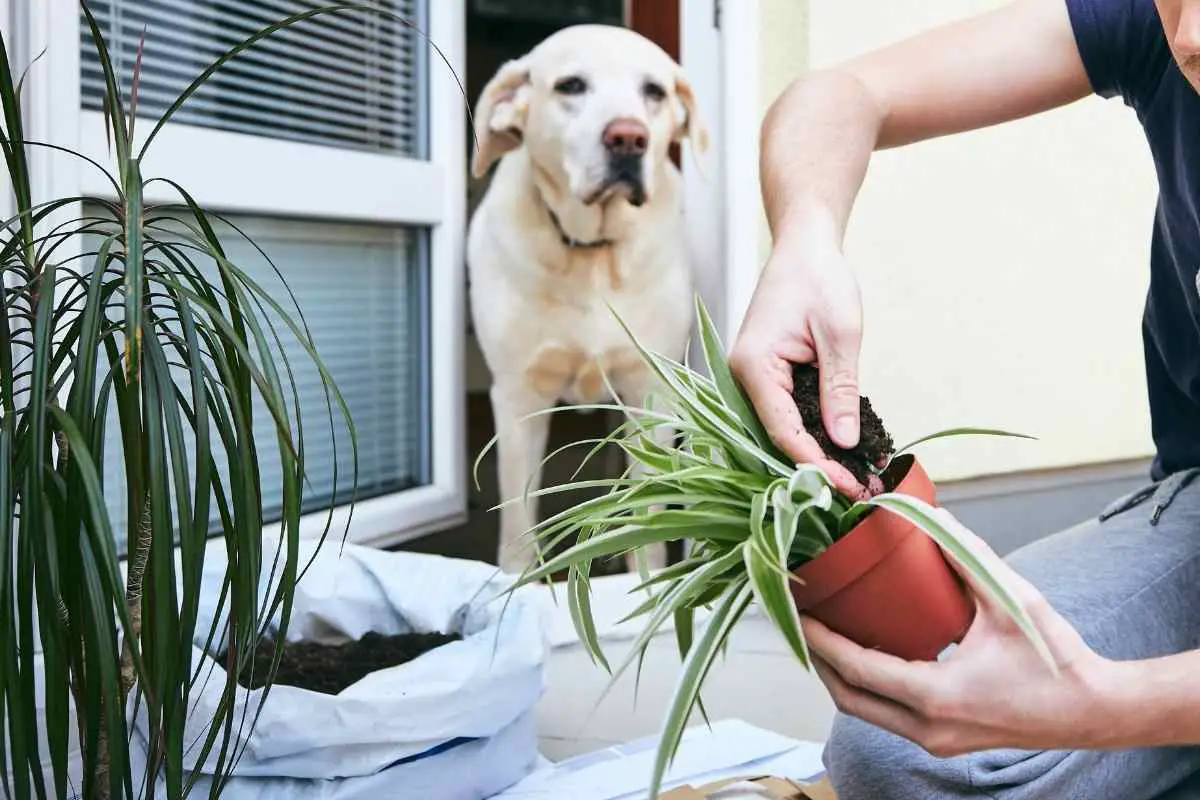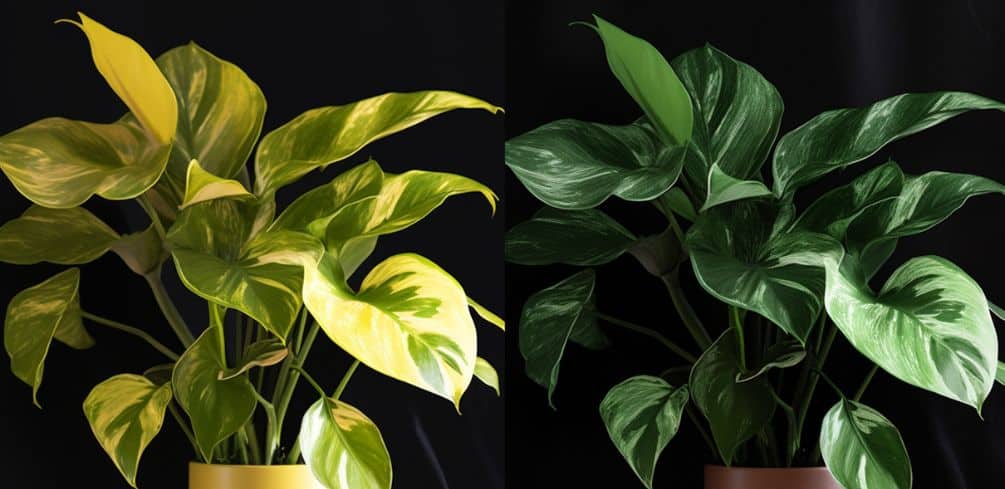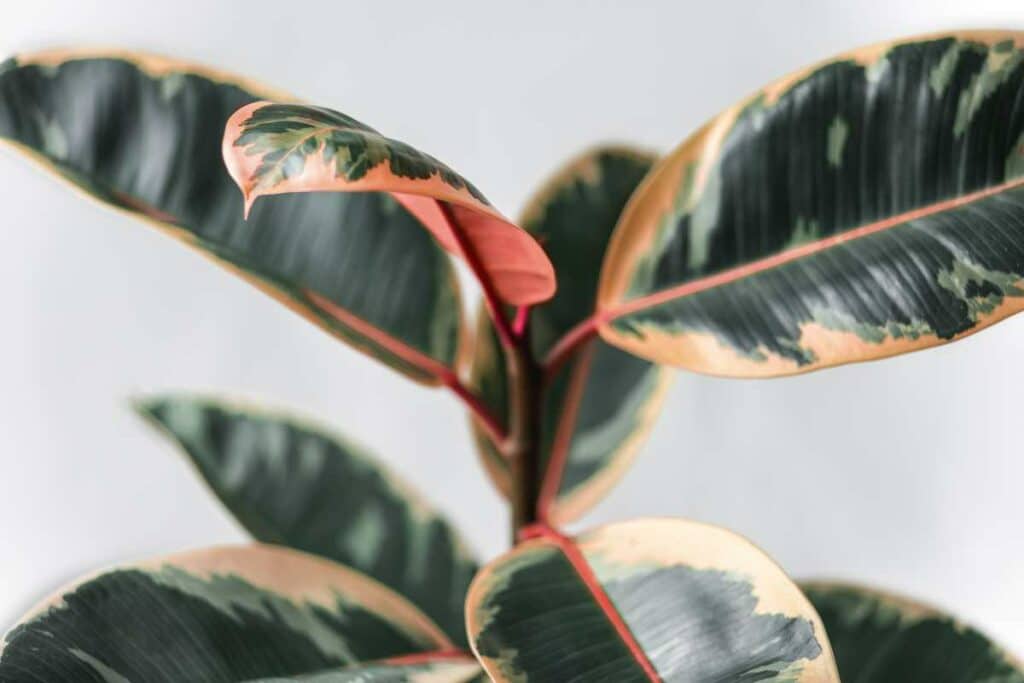People are often unaware that certain house plants are toxic to pets.
If you have furry friends at home, or if you plan to bring in a new four-legged family member, it is important to make sure that they are safe.
Some rubber tree plants are toxic to your pets. The Indian rubber plant, the Japanese rubber plant, and the Chinese rubber plant are among those that can be harmful. They contain sap that is poisonous to pets. Some symptoms that you might see include drooling, vomiting, diarrhea, decreased appetite, and lethargy.
Are Rubber Trees Dangerous for Pets?
Sap is the primary reason they find rubber plants toxic to pets.

The sap contains latex, which is known to cause a reaction in different people and animals:
- They are classified as being in Toxicity Class 4, which is the lowest classification because they generally cause mild reactions. They can cause irritation if pets come into contact with the sap in their eyes, skin, or mouth.
- Most pets’ noses and eyes are not well protected, and they can get irritated if they come into contact with the sap. Even worse, many pets might try to taste the rubber plant.
- Ingesting the rubber plant can lead to diarrhea or vomiting, or pets might feel lethargic.
Although rubber plants are toxic to pets, you can keep them if you place them strategically so that your animals won’t get into them.
Some people place them on a plant stand up off the ground, and others add coffee grounds or citrus peels around the plant because pets often stay away from the smell.
Another trick is to spray them with diluted vinegar.
What Are the Symptoms of Rubber Tree Poisoning?
There are quite a few different types of rubber tree plants, so the symptoms can vary widely depending on which one you have.
If your dog or cat has contact with the rubber plant, it might have any of the following symptoms:
- Drooling
- Vomiting
- Diarrhea
- Lethargy
- Loss of appetite
- Skin irritation
- Depression
If you know that your pet has ingested the rubber plant, the first thing to do is call your vet.
Your vet will let you know what to look for and help you determine whether you need to bring your pet in.
There are a number of different rubber tree plants. The Indian rubber plant is also called a fig plant, and it is toxic to dogs.
Another is called the Jade plant, but it goes by a number of different names, including:
- the Japanese rubber plant
- baby jade
- the Chinese rubber plant
- or the dwarf rubber plant
These rubber plants often cause vomiting and depression.
The American rubber plant is also called the pepper face plant or the baby rubber plant, and it is not toxic to dogs.
Be Careful: It is important to know what kind of rubber plant you have if you have pets.
What Toxin Causes Rubber Plant Poisoning
Different rubber plants have different toxins in them, which is why the symptoms will vary.

For example, the Indian rubber plant has a proteolytic enzyme called ficin, and a psoralen called ficusin.
Ficin causes excessive drooling, and ficusin can cause skin irritation.
The Jade rubber plant has an unnamed toxin, but scientists say that it leads to depression and vomiting.
The American rubber plant doesn’t have any toxins, so your pets are not likely to have symptoms from this type of rubber plant.
What Will the Vet Do for Your Pet?
If your dog or cat has ingested the rubber tree plant, you may need to go to the vet.
Once you arrive:
- Your vet will do an examination to see how your dog or cat is doing.
- They will assess the symptoms and take blood to make sure there isn’t any internal or organ damage.
- The vet might also do a urine test to make sure that the kidneys are working well.
- Your vet will want to know what type of rubber tree plant it ingested.
Treatment for Rubber Plant Poisoning
How your vet decides to treat your pet for rubber plant poisoning will depend on the symptoms and the type of toxins.
Some scenarios:
- If your pet is drooling or foaming at the mouth, the vet may start by rinsing out the mouth and trying to get it under control.
- If your dog is suffering from eye irritation or any kind of rash, the vet might give you creams to apply.
- If your pet has ingested the rubber tree plant, your vet may induce vomiting. However, it depends on how long it has been since the incident.
Another common treatment is to give your pet activated charcoal.
It Helps: When your pet ingests it, it absorbs the toxins that remain inside the pet’s body. There are other medications that your vet might give you as well.
Conclusion
Rubber tree plants are often toxic to pets, but it is usually mild.
The American rubber plant does not contain toxins, but most other types do.
If you notice any symptoms, you should call your vet and find out what to do.
Also Helpful
- The Complete Hedgehog House and Bedding Guide
- What to Feed Wild Peacocks in Your Backyard: Feeding Guide
- Do Skinks Make Noise?
- Philodendron Care, Varieties, And Aesthetic Home Arrangements
- Best House Plants for Low Light – Thriving Indoors with Minimal Sunlight
- 15 Air-Purifying Houseplants That Release The Most Oxygen
- Purple Houseplants: Your Guide to Dramatic Indoor Beauty
- Philodendron Moonlight Vs. Golden Goddess
- How to Revive Your Rubber Plant: 6 Tips to Help Your Rubber Tree Thrive Again






